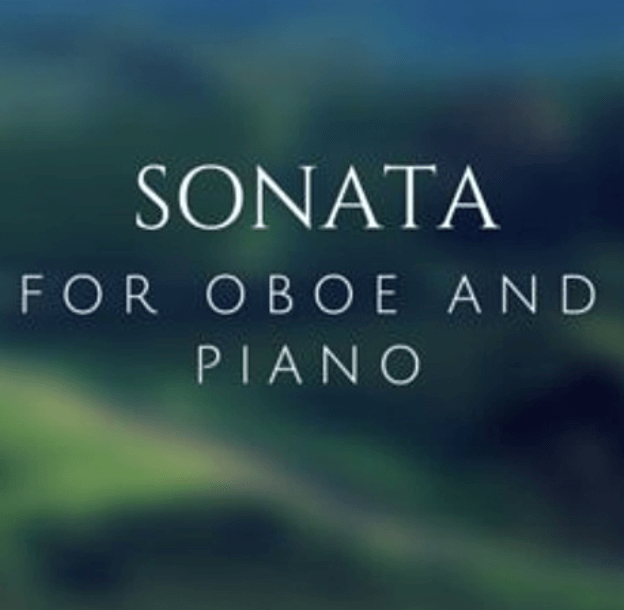
Black composer, American composer, BIPOC composer, oboe, intermediate oboe, living composer
Learn more about Brian Nabors from his website, www.briannabors.com, where he describes the work in his own words:
“I was asked to compose this work by my very good friend & oboist Bonnie Farr for the International Double Reed Society Conference of 2016. It was written during a very modest time in my compositional development, where color and form were at the very heart of each work. I sought to write a sonata that was timeless, almost classic in color and emotional range, and tells a very captivating story through the tapestry of its harmonic language, and stark rhythmic shifts. The oboe is a widely expressive instrument with many emotional colorations, from the whimsical, to the utmost passionate melodic phrases. I wanted a “classic” contemporary model of what an early 21st century oboe sonata could be. It is my great hope that all who listen to this work enjoy it as much as I loved composing it.”
Preview the score here: https://issuu.com/brianraphaelnabors/docs/sonata_for_oboe___piano_-_full_scor
Each movement is 5-7 mins each, and could stand alone for a student solo recital.
The first movement is upbeat, with some rhythmic intricacy, but still approachable for an intermediate player. Many sixteenth notes in a brisk tempo, but mostly in C major and in a limited, comfortable range.
The second movement is slow and lyrical, and rhythmically very simple; it would be comfortable for a low-intermediate or high-beginner oboist who has range up to high E (one long held note).
The third movement is quite fast and technical, with much more complicated rhythms and usage of high range– this would only be comfortable for a more advanced high school player and beyond.
Web Design with by OrionWP